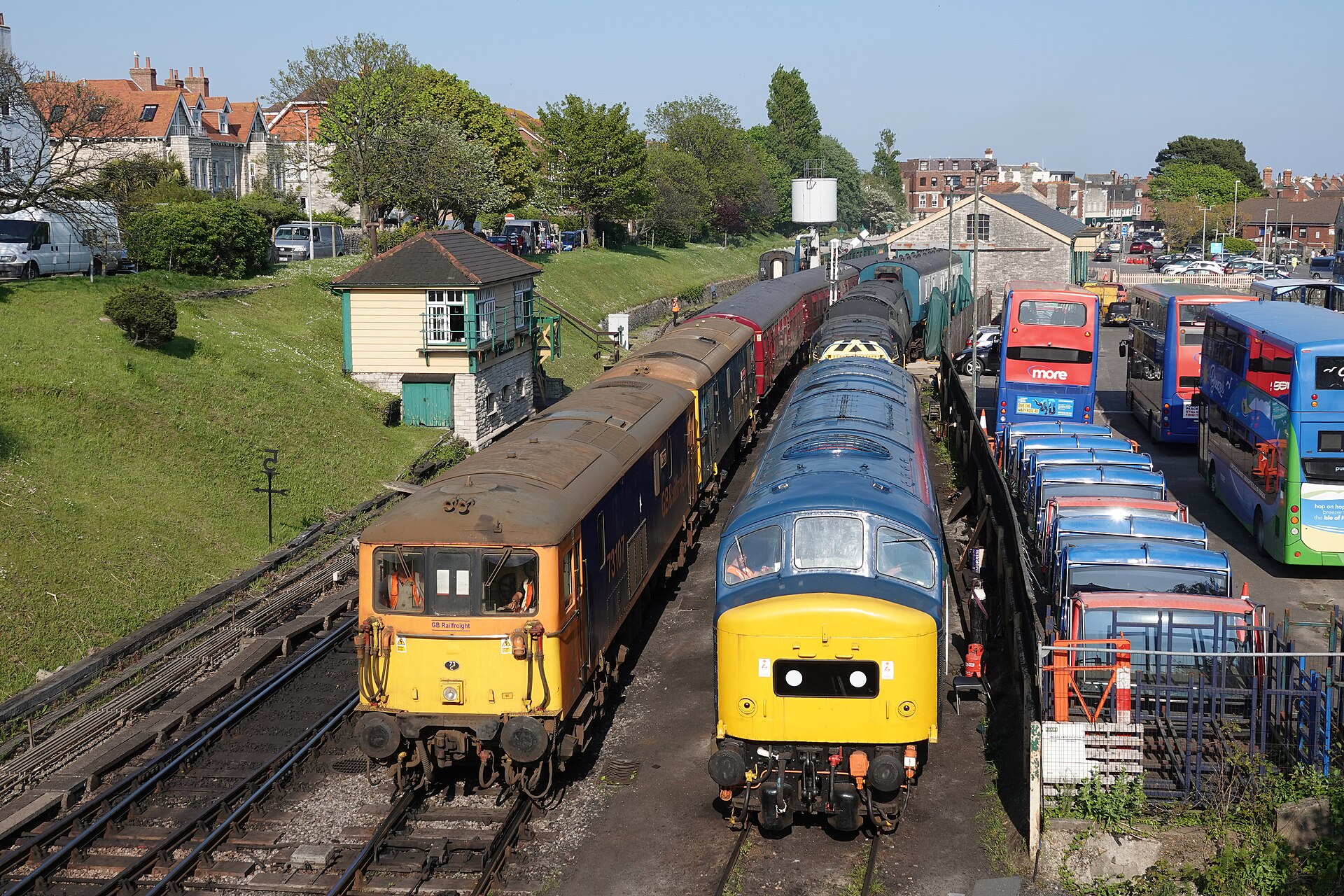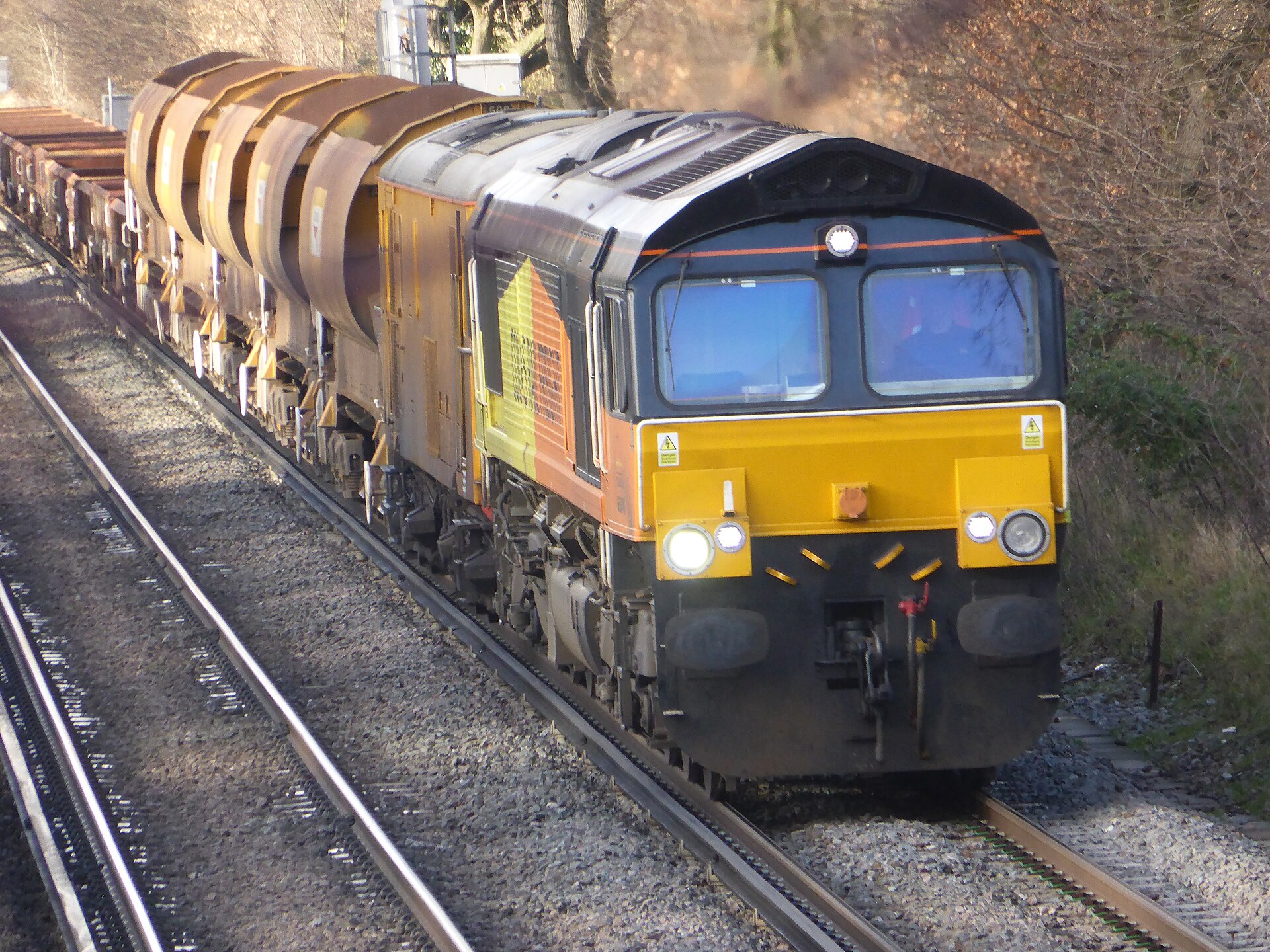The Class 73 is a unique and versatile locomotive that has played a significant role in the history of British railway transportation. Originally introduced in the 1960s by English Electric, these locomotives have stood the test of time, adapting to changing technologies and serving various purposes across the rail network.

Deep Dive – A Look at the Class 73
Built as a dual-mode locomotive, the Class 73 is capable of operating on both electrified and non-electrified rail lines. This flexibility has made it a valuable asset for transporting goods and passengers across different parts of the United Kingdom. The locomotive’s ability to switch between electric and diesel power makes it particularly well-suited for navigating through areas with diverse electrification systems.
One of the notable features of the Class 73 is its “Electro-Diesel” capability. When running on electrified lines, the locomotive draws power from overhead wires through a pantograph. In areas without electrification, the Class 73 can seamlessly switch to its onboard diesel engine, allowing it to continue its journey on non-electrified tracks. This dual-mode functionality ensures operational efficiency and makes the Class 73 a versatile workhorse in the railway industry.
The Class 73 locomotives were initially designed for mixed-traffic duties, serving both passenger and freight services. Over the years, they have been employed in various roles, ranging from hauling commuter trains to handling freight shipments. The adaptability of the Class 73 has contributed to its longevity and sustained relevance in the evolving landscape of British rail transport.

Advancements in Railway Technology
One of the significant deployments of the Class 73 was on the Southern Region of British Railways, where they were often used to haul trains on non-electrified branch lines. The locomotives’ dual-mode capabilities were particularly beneficial in these scenarios, allowing for seamless transitions between electrified mainlines and non-electrified branch lines without the need for complex shunting maneuvers or changing locomotives.
Despite the advancements in railway technology over the decades, the Class 73 has retained its charm and importance. Many of these locomotives have undergone refurbishments and upgrades to ensure they meet modern safety and performance standards. Some have been equipped with updated control systems and improved diesel engines, extending their operational life and enhancing their reliability.
The Class 73’s enduring popularity can be attributed to its ability to navigate diverse railway networks and its reliability in various operational scenarios. As rail transport evolves with new technologies and sustainability becomes a priority, the Class 73’s dual-mode functionality positions it as a bridge between traditional and modern railway systems.
In recent years, there has been renewed interest in preserving and maintaining Class 73 locomotives for heritage and enthusiast purposes. Several units have been preserved by railway museums and heritage railways, allowing future generations to experience the unique capabilities of these iconic locomotives.
In conclusion, the Class 73 stands as a testament to the adaptability and durability of British railway engineering. Its dual-mode capabilities, spanning electric and diesel operation, have made it a versatile and enduring presence on the rail network. From its introduction in the 1960s to its continued service and preservation today, the Class 73 has left an indelible mark on the history of British rail transportation.






